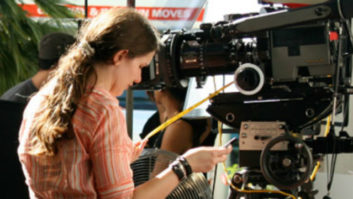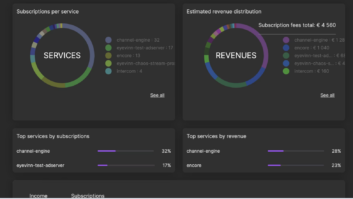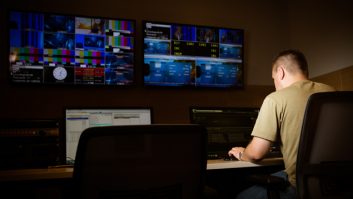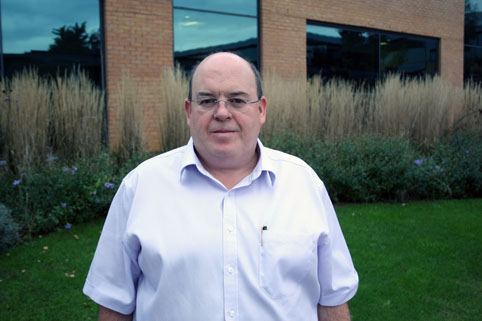
John Harmer (pictured), senior engineer at BBC Studios and Post Production Digital Media Services, talks about the need not just to preserve the valuable assets on antiquated tape formats, but the essential upkeep and maintenance of the technology to play them back on.
For production and post production companies, the introduction of AS-11 UK DPP as a delivery standard will no doubt streamline the delivery of content to UK broadcasters. But lost in all the noise about DPP and ‘going tapeless’, there are far more pragmatic and pressing issues for tape bound content owners and media management facilities to deal with.
With content owners becoming increasingly aware of the possibilities of accessing, distributing and monetising their valuable archives –sat on old tape formats varied from 1”C to HDSR – there’s a greater need for them to be able to play legacy formats. This can be either on site, using their own systems to select clips and episodes for resale or digitisation, or outsourced – sending them to purpose-built facilities such as ours in West London.
But what we’re increasingly seeing is that people often forget that it’s not just the valuable assets on these antiquated tape formats that need to be preserved. The upkeep and maintenance of the technology to play them back is equally important to the preservation process. Imagine placing the only existing copy of a classic programme or historic clip into a faulty machine, only for it to get stuck in the machine, chewed up or damaged beyond recovery. Some media management companies and content owners we work with, such as Red Bee Media and some government departments, already take the upkeep and maintenance of their machines seriously and send their machines to us for service and repair. But for others, it’s a ticking time bomb for their valuable content. Many formats are now at the end of their life with crucial spare parts no longer available.
Tucked away in the corner of most clip sales departments in production companies or archive libraries you’ll find a SR machine (pictured) or a Digital Betacam machine collecting dust and switched on once in a blue moon. A strong second hand market for these machines has also developed. But this has resulted in buyers not knowing the true history and technical state of the machine. As a result, they’re risking their assets each time they place them inside and hit the play button.
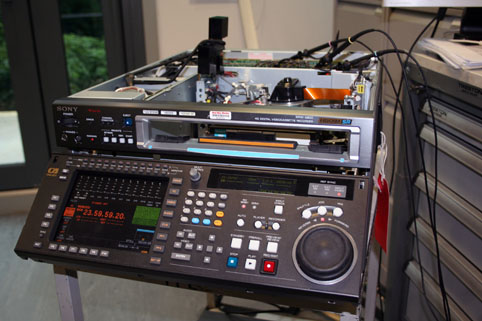
For anyone thinking about buying a second hand SR machine or a Digital Betacam machine, or if they’re unsure if their existing one is ready for its next service, there are some tell-tale signs you can look out for to ensure you’re buying good quality:
Digital Betacam – top tips
Like with a car, buying a used Betacam means you won’t know its history. Here are some handy tips to assess the quality of your Betacam and help weed out those ‘lemons’:
- Power up the machine, and check for excessive fan noise as this can signal imminent failure
- Watch for excessive wear marks on the upper drum
- Look at the machine’s history to see if the centre cylinder has been changed on its own
- Check the moveable arms aren’t sticky, as this indicates that the grease has dried out
- Make sure the SDI outputs work as the chips occasionally fail and are expensive to replace
- Playback a known good tape, check for video errors, make a recording on the machine and re-check for recording errors
- Check that the feet of the machine have not been pushed upward as this can cause damage to the motherboard above them
SR machines – top tips
Second-hand prices have dropped recently, but with very expensive drum heads it’s worth checking the history of the machines to ensure the drums aren’t about to fail.
- Have a look at the ROM versions from the diag menu and the hours meter readings
- Check which optional cards have been fitted in the same menu
- Find out when the NV RAM batteries were last changed. Sony recommends changing the batteries every three years and replacing the NV RAM IC on the driver board every seven years
- Find out if the cooling fans have been changed recently as the PSU fan is prone to failure and this can cause the expensive PSU to die
As we move into the tapeless world of DPP, content owners should be thinking about how they can protect the value of tape archives by keeping and maintaining their playback machines properly. This will not only ensure that the lifecycle of their technology is effectively managed, but also that their irreplaceable assets are protected and are accessible beyond the video age, into the modern data world. In fact our Digital Media Services team not only provides VTR and camera repairs but also long term secure data archiving and hosting services to safeguard and enable access to media.



